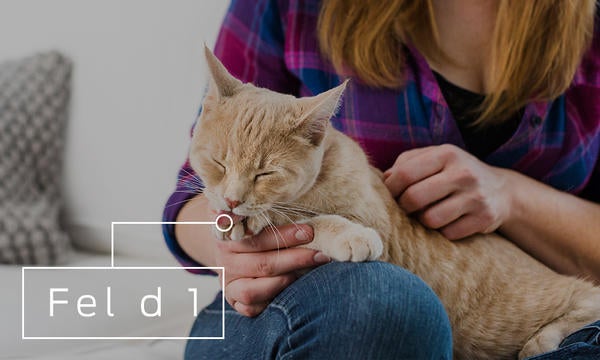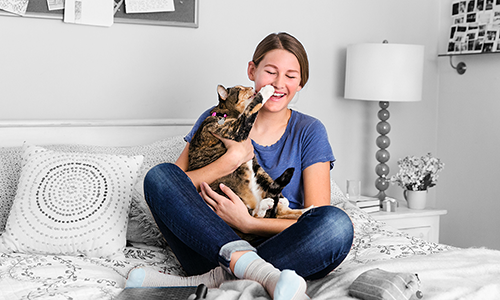Purina scientist have found a way to safely reduce the major cat allergen found in feline saliva. This can transform the way people manage these allergies. instead of limiting exposure to cats, people can limit their exposure to allergens.


DR. EBENEZER SATYARAJ
Inmunologist
Dr. Satyaraj is Purina's lead researcher in the search for cat allergens.
These allergens have created a huge barrier forcat owners and can limit affectionate interaction between cats and the people who love them.
-Dr. Ebenezer Satyraj
The Impact of Cat Allergens
Many people make great efforts to reduce allergens in the environment, such as daily cleaning and constant bathing. Allergens can limit people's interaction with cats and are a common reason why people abandon cats to shelters. Allergies niso create a barrier to adopting and caring for cats.
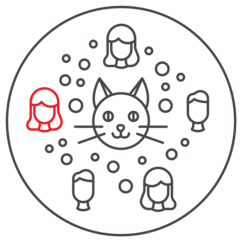

1 in 5 adults in the world is affected by a cat alergy
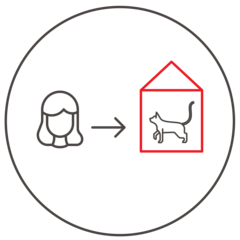

Avoiding cats or relocating them to other homes is a common recomendation to control cat allergies.
Fel d 1: The most relevant Allergen produced by cats.
It is a protein produced by the salivary and sebaceous (skin) glands, transferred to the coat and skin during grooming, and depersed into the environment through half and dead skin.
After more than a decade of research, Purina scientists discovered that when cats are fed a diet containing an egg-derived ingredient with anti-fel d 1 antibodies, allergens are reduced. These antibodies specifically block and repress Fel d 1 in cats' saliva, without affecting their physiology.
The antibody is a protein that blocks and represses Fel d 1 in saliva and the inactivated Fel d 1 is transferred to the coat during grooming. This is a safe approach, since it does not interfere with the normal production of Fel d 1, nor does it change feline physiology.


According to a key Purina study
Of the cats that were fed this egg-derived Ingredient, 97% demonstrated lower levels of Fel d 1 in their fur and skin. On average, there was a 47% reduction of active Fel d 1 in the fur of the cats at the beginning of the third week of being fed this diet.
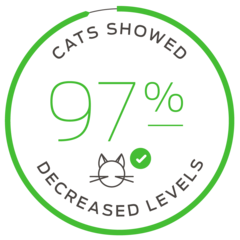



Decreasing active Fel 1 d in cats fur and skin can help reduce cat allergies spreading into the enviroment.
Our discovery has the potential to transform the way people manage their cat allergies.
-Dr. Ebenezer Satyraj

